The demise of dwarfs and giants: ecological naiveté and extinction risk in insular mammals
Why are islands epicenters of biodiversity loss as well as hosts to fascinating evolutionary trends, such as insular giants and dwarfs, which are often threatened or already extinct?
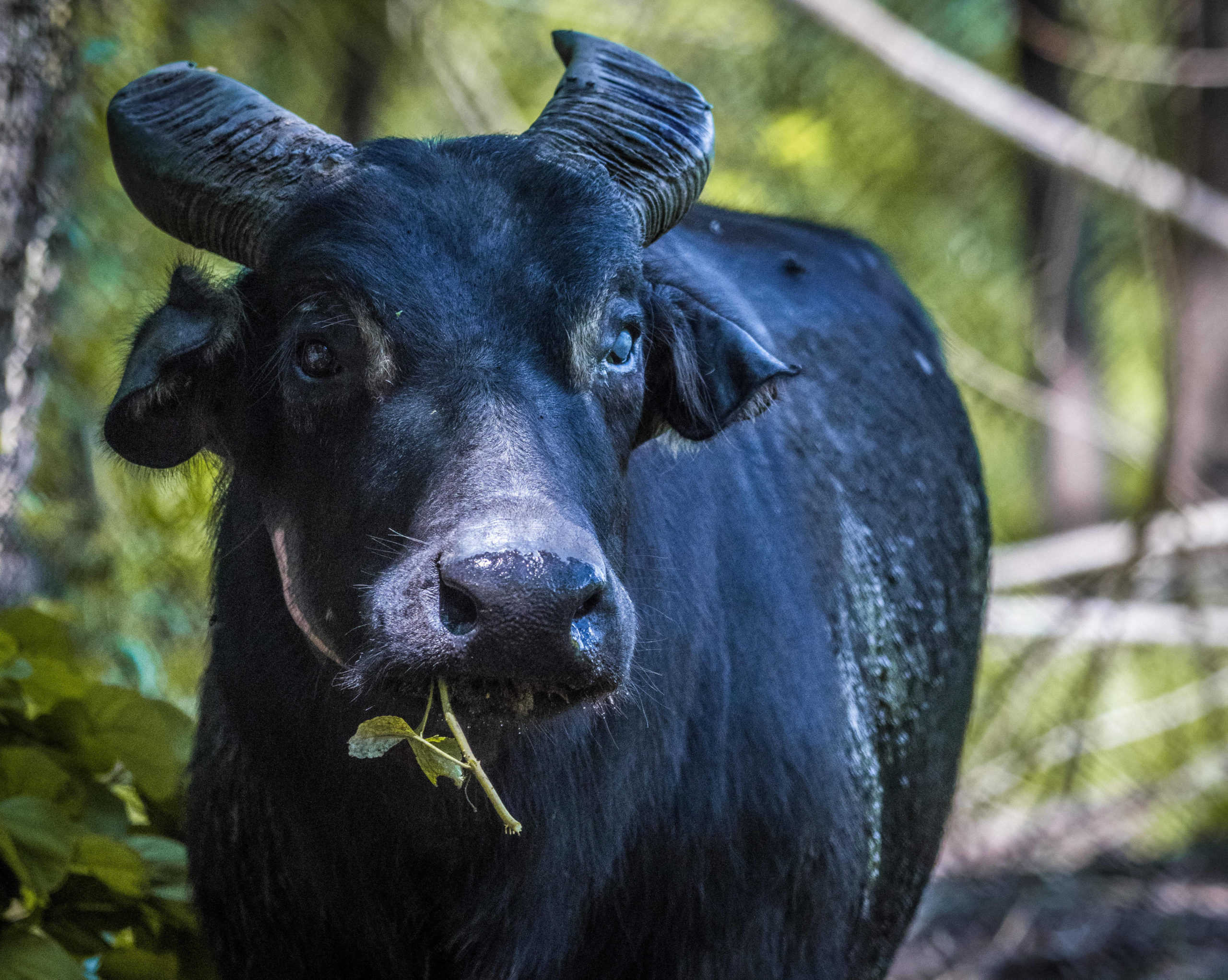 Kalibasib, the world’s last captive tamaraw. Photograph courtesy Gab Meija
Kalibasib, the world’s last captive tamaraw. Photograph courtesy Gab Meija
The evolutionary anomalies of island life are among the most spectacular phenomena in nature, yet islands contain a disproportionately higher amount of threatened and extinct biota compared to continents. In a project with colleagues from iDiv and other institutions we assessed how body size evolution in island mammals may have exacerbated their vulnerability, as well as how human arrival has contributed to their past and ongoing extinctions, by integrating data on 1231 extant and 350 extinct species from islands and paleo islands worldwide spanning the past 23 million years. We found that the likelihood of extinction and of endangerment are highest in the most extreme island dwarfs and giants. Extinction risk of insular mammals was compounded by the arrival of modern humans, which accelerated extinction rates more than 10-fold, resulting in an almost complete demise of these iconic marvels of island evolution. Check out our latest study!
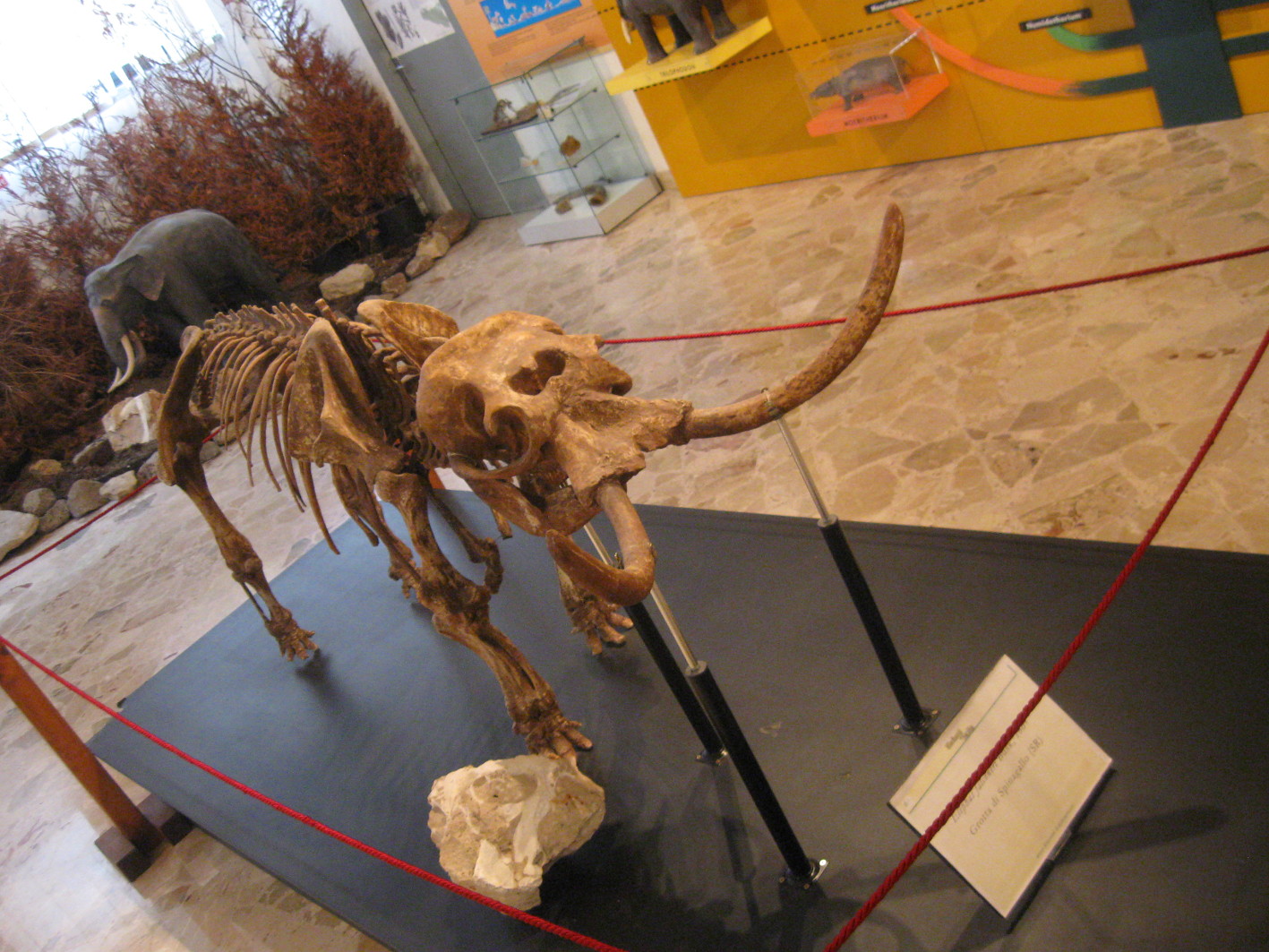 Mounted skeleton of the extinct (Middle Pleistocene) Sicilian dwarf elephant Palaeoloxodon ex gr. P. falconeri at Museo Geologico ‘G. G. Gemmellaro’, Palermo, Sicily.
Mounted skeleton of the extinct (Middle Pleistocene) Sicilian dwarf elephant Palaeoloxodon ex gr. P. falconeri at Museo Geologico ‘G. G. Gemmellaro’, Palermo, Sicily.
The island syndrome in living and extinct bovids
Mouse-goats, ‘demons of the forest’, and other insular bovids are often reduced in size relative to their mainland counterparts and exhibit other peculiar traits. Why?
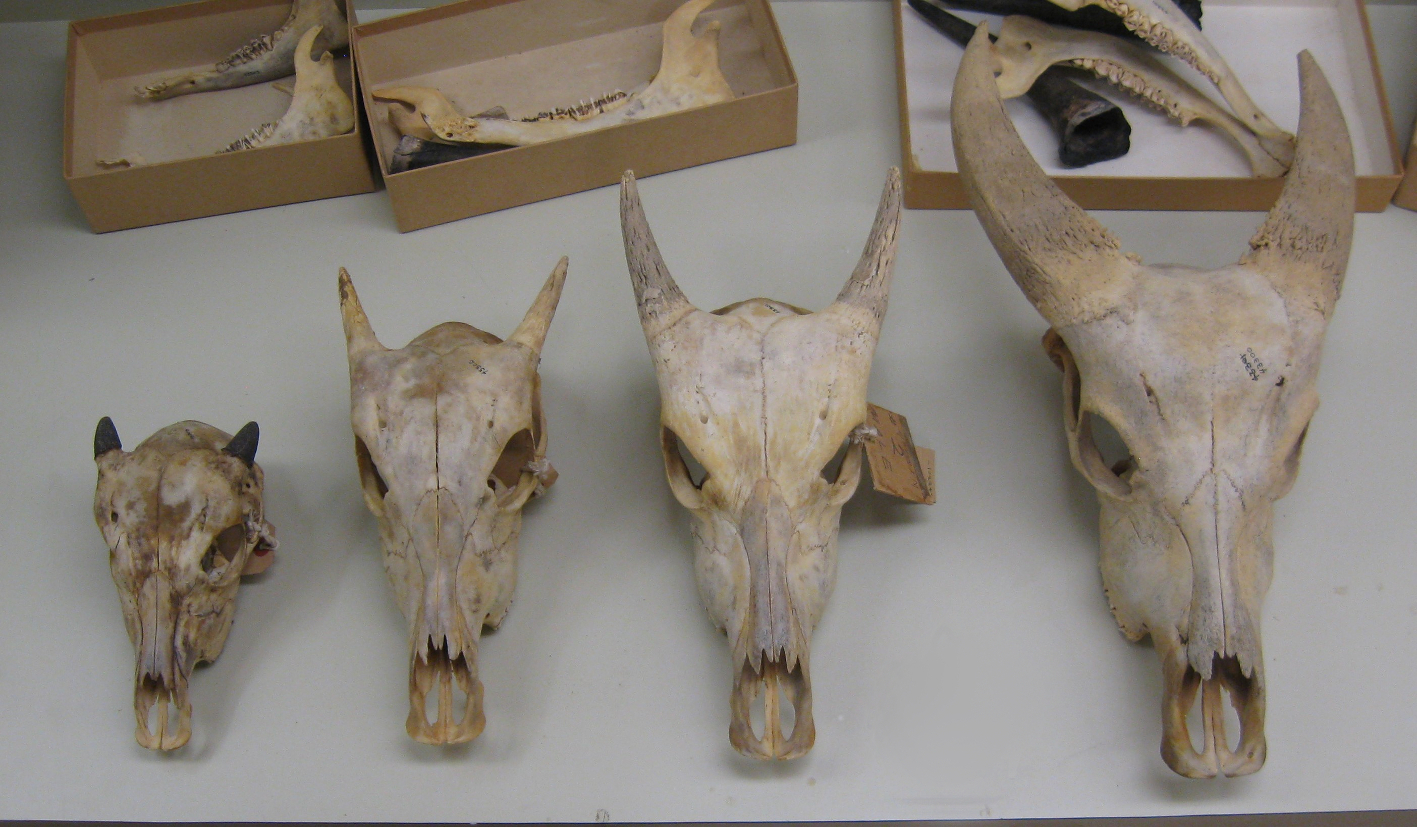 Skulls of tamaraw (Bubalus mindorensis), a dwarf buffalo endemic to Mindoro island, highlighting different stages of ontogenetic development (Mammal Collection; Field Museum of Natural History, Chicago).
Skulls of tamaraw (Bubalus mindorensis), a dwarf buffalo endemic to Mindoro island, highlighting different stages of ontogenetic development (Mammal Collection; Field Museum of Natural History, Chicago).
Bovids are intriguing elements of insular faunas and encompass phyletic dwarfs that occurred or are still living on islands located in different regions, from Southeast Asia to the Mediterranean. I have previously investigated their body size evolution and, in collaboration with other paleontologists, mammalogists and biogeographers, we are planning to continue to explore other fascinating traits exhibited by these animals.
Many threatened island mammals, including bovids, receive scarce conservation action because they are deemed ‘uncharismatic’ and fail to attract funding. Palaeontological studies have the potential to produce detailed information on the evolutionary history and uniqueness of these species and, thus, draw attention to their conservation value. In a recent study on the full collection of mammals from the Prague Zoo, the lowland anoa (Bubalus depressicornis) was ranked as one of the least attractive species. Sometimes referred to locally as Sulawesi’s ‘demon of the forest’, anoas never cease to inspire my research and, as a member of the IUCN SSC Asian Wild Cattle Specialist Group, I feel it is important to keep highlighting how beautiful and unique these dwarf buffaloes really are.
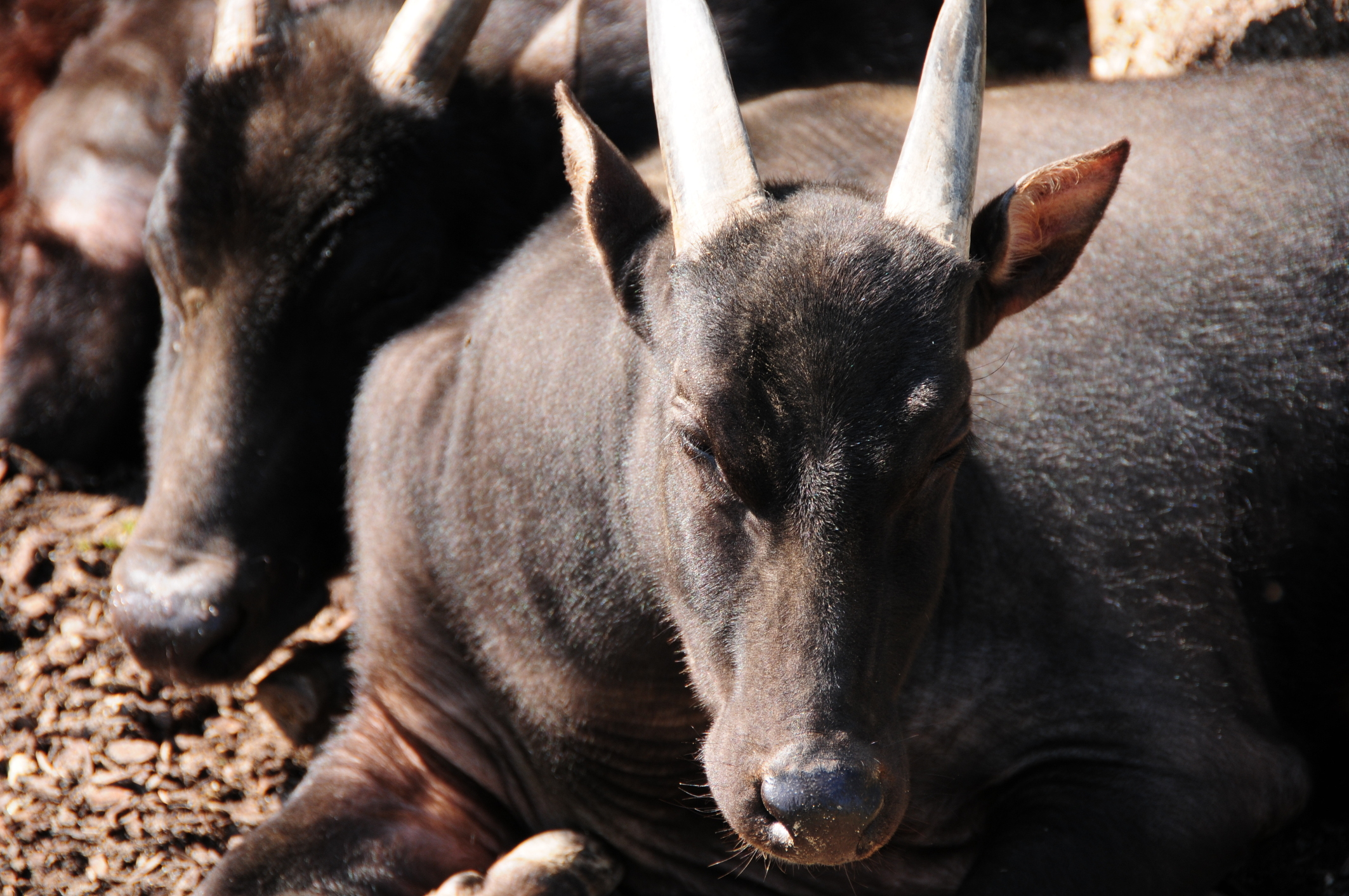 Lowland anoas (Bubalus depressicornis) at Antwerp Zoo. Photograph by belgianchocolate is licensed under CC BY 2.0
Lowland anoas (Bubalus depressicornis) at Antwerp Zoo. Photograph by belgianchocolate is licensed under CC BY 2.0
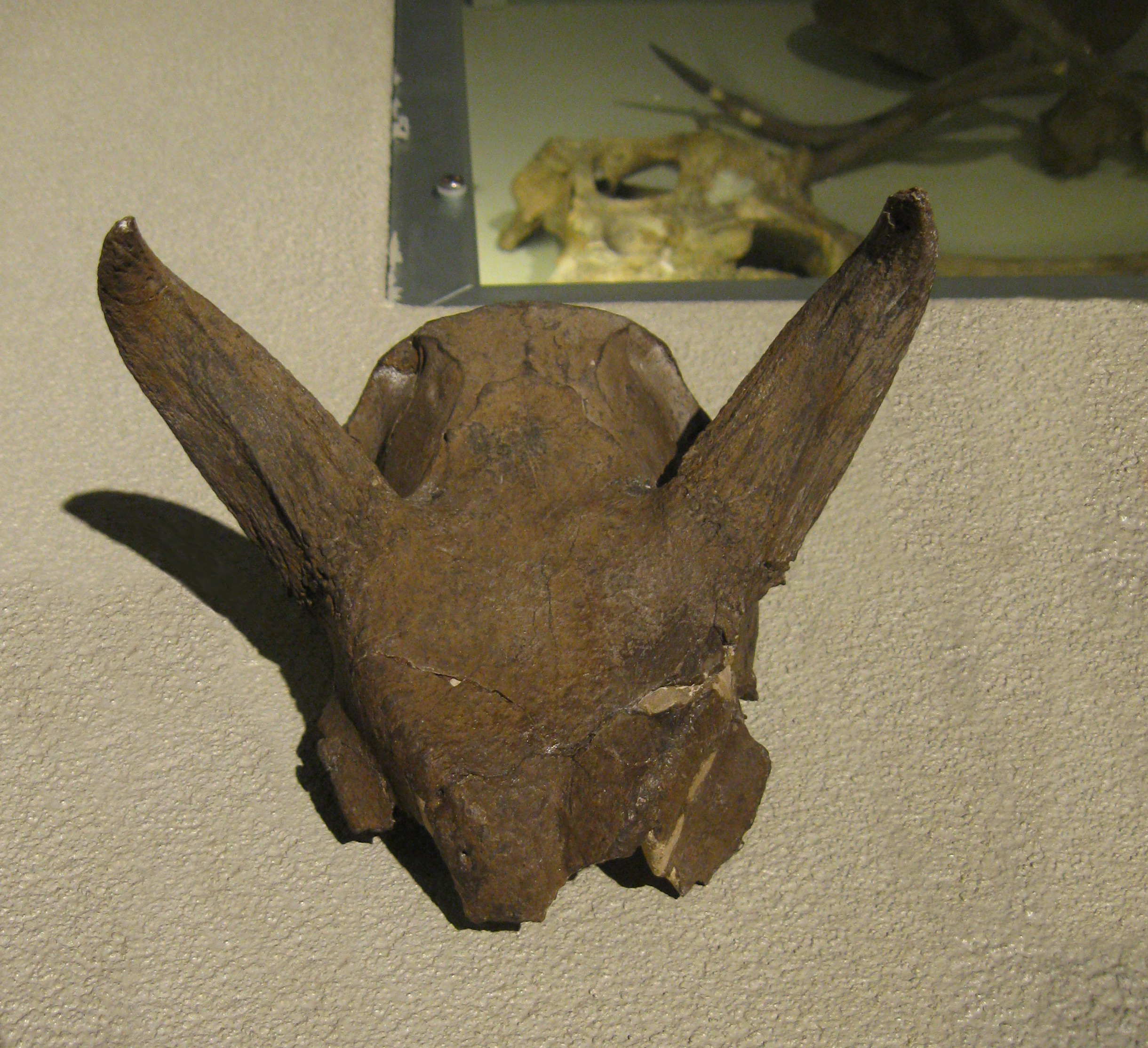 Lectotype of Duboisia santeng, an endemic boselaphin from the Early-Middle Pleistocene of Java. This antelope-like bovid is related to living Indian boselaphins, Boselaphus tragocamelus and Tetracerus quadricornis.
Lectotype of Duboisia santeng, an endemic boselaphin from the Early-Middle Pleistocene of Java. This antelope-like bovid is related to living Indian boselaphins, Boselaphus tragocamelus and Tetracerus quadricornis.